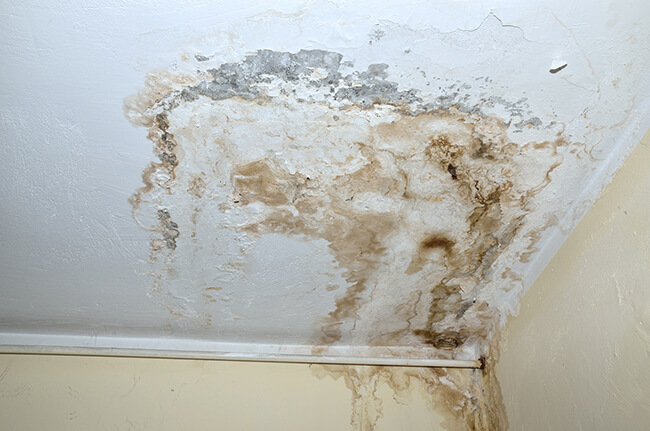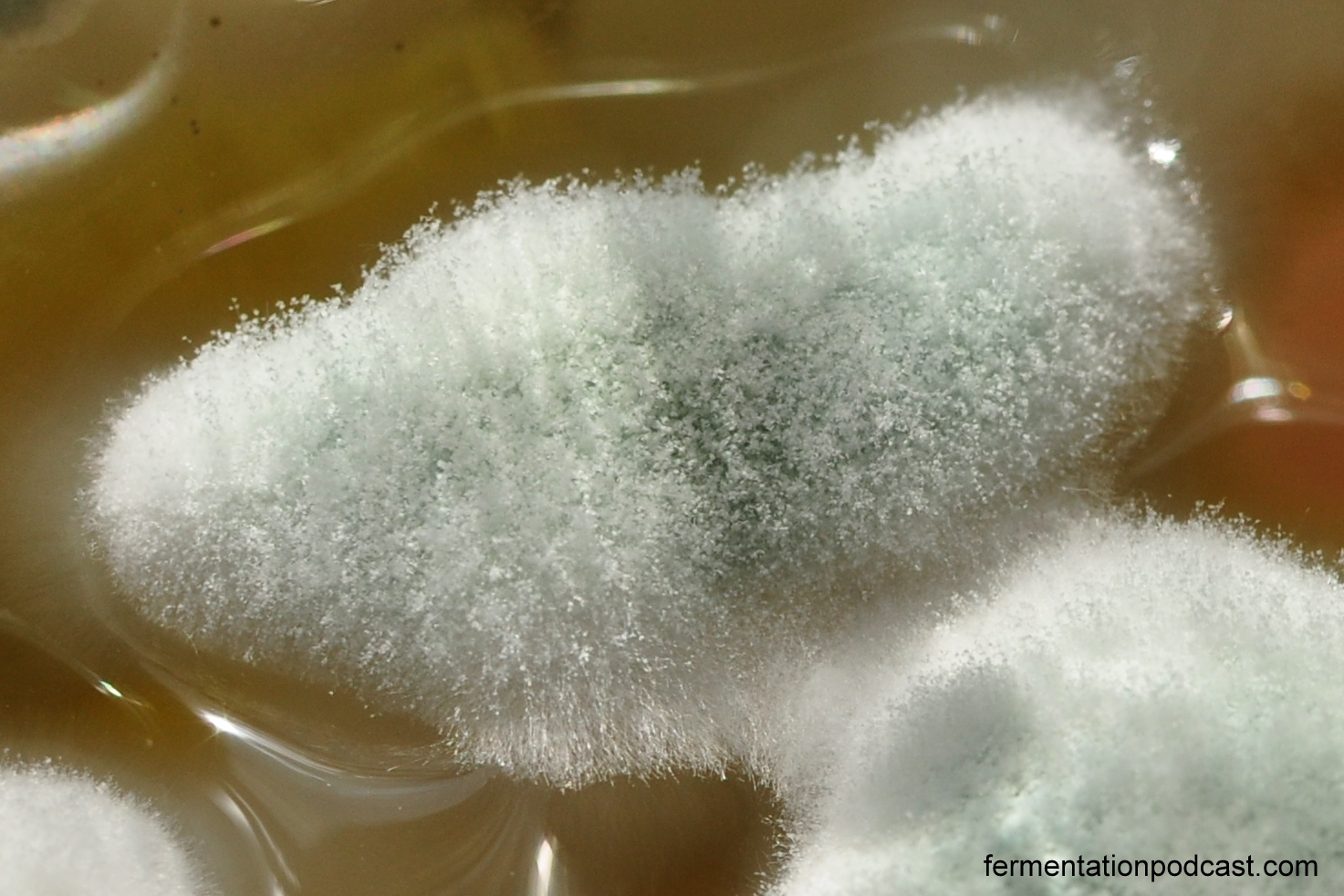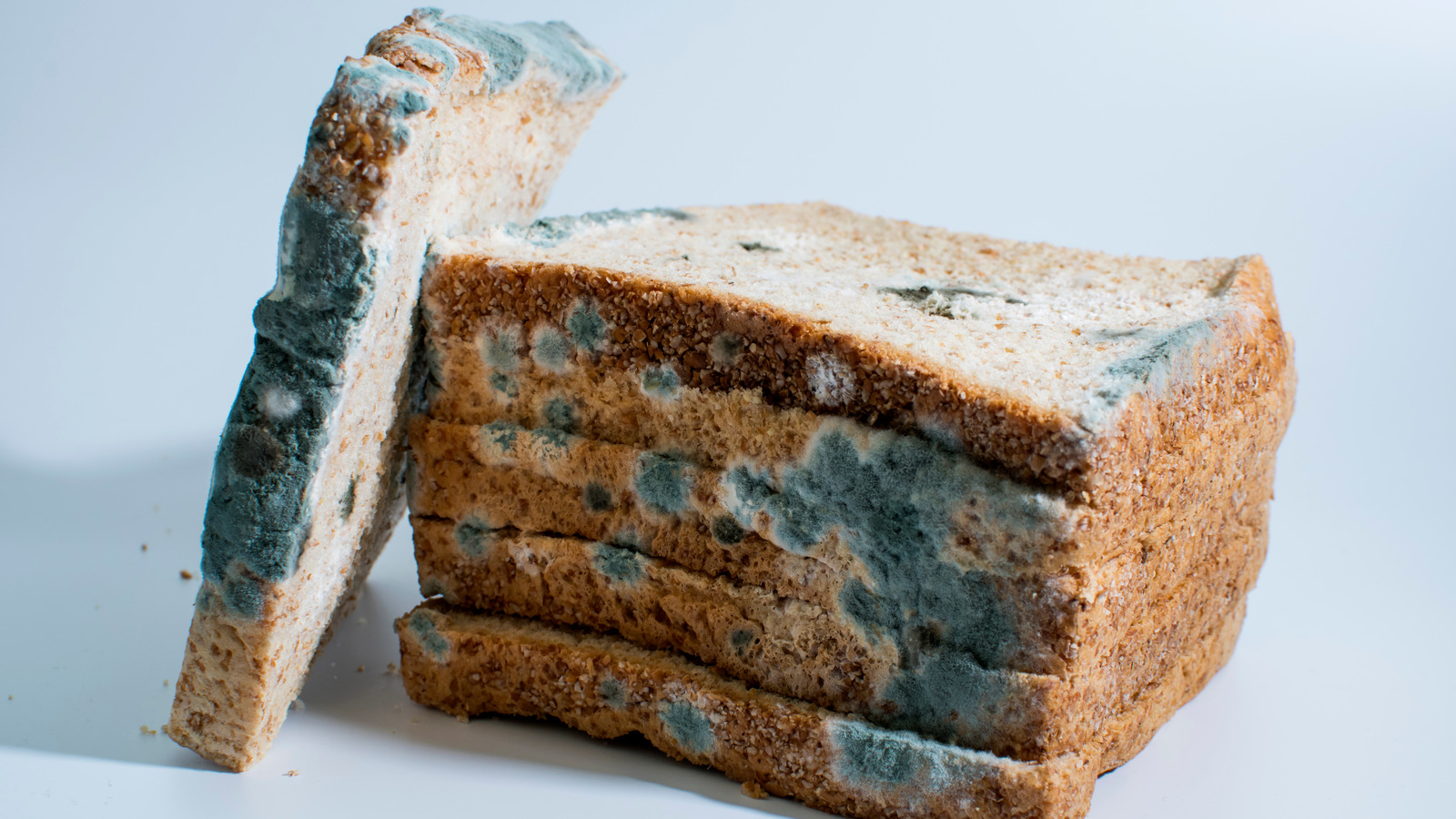Mold is a common problem in many homes and buildings, often resulting in serious health issues and structural damages. When tackling mold remediation, safety should be the top priority for both professionals and DIYers. One of the essential safety measures during mold removal is wearing a respirator. This article explores the importance of respirators in mold remediation, the risks associated with mold exposure, and best practices to ensure a safe remediation process.
Understanding Mold and Its Health Risks
Mold is a type of fungus that thrives in damp, warm environments. It reproduces through tiny spores that can be easily inhaled or landed on surfaces. According to the Environmental Protection Agency (EPA), indoor mold growth is often a result of excess moisture caused by leaks, flooding, or high humidity levels. The risks associated with mold exposure can vary significantly based on individual sensitivities, types of mold, and levels of exposure.
- Allergic Reactions: Symptoms can include sneezing, nasal congestion, and skin rashes.
- Respiratory Issues: Prolonged exposure can lead to chronic respiratory problems, especially in individuals with asthma.
- Mycotoxins: Some molds produce toxic substances that can lead to severe health complications, including neurological issues.
Understanding these risks underscores the necessity of wearing protective gear, particularly respirators, during mold remediation.
The Importance of Respirators in Mold Remediation

Respirators are essential personal protective equipment (PPE) that help filter out harmful airborne particles, including mold spores. Here’s why they are crucial during mold remediation:
1. Effective Filtration of Mold Spores
Respirators are designed to provide a barrier against harmful particles. The most effective respirators for mold remediation are N95 respirators or higher-level respirators, which can filter at least 95% of airborne particles. Some key features include:
- High Filtration Efficiency: N95 respirators can block both large and small mold spores.
- Comfort and Fit: A properly fitted respirator ensures a good seal, preventing mold spores from entering.
- Reusable Options: Some respirators come with replaceable filters, making them cost-effective and sustainable.
2. Protection Against Mycotoxins

Some molds produce mycotoxins, which can be harmful when inhaled. Respirators can significantly reduce the risk of inhalation. For example, studies have shown that individuals exposed to Stachybotrys chartarum, a toxic mold, reported respiratory issues and other health problems. Wearing a respirator minimizes this risk.
3. Reducing the Risk of Long-term Health Effects

Long-term exposure to mold can lead to chronic health conditions. A study published in the American Journal of Respiratory and Critical Care Medicine found that individuals living in mold-infested homes had a higher risk of developing asthma and other respiratory diseases. By wearing a respirator, you can protect yourself from these long-term health risks.
Types of Respirators for Mold Remediation
When selecting a respirator for mold remediation, it is essential to choose the right type based on the level of exposure and the environment. Here are the common types:
- N95 Respirators: These disposable masks filter out at least 95% of airborne particles and are suitable for most mold remediation tasks.
- P100 Respirators: These provide a higher level of filtration, blocking at least 99.97% of airborne particles, making them ideal for heavy mold infestations.
- Half-Face Respirators: These reusable masks can be fitted with specific filters, providing versatility for different situations.
- Full-Face Respirators: These offer added protection for the eyes and are recommended for severe mold infestations.
Best Practices for Mold Remediation Safety
In addition to wearing a respirator, several best practices can enhance safety during mold remediation efforts:
1. Assess the Situation
Before starting remediation, assess the extent of the mold problem. If the affected area is larger than 10 square feet, consider hiring a professional.
2. Use Other Personal Protective Equipment (PPE)

In addition to respirators, consider wearing:
- Gloves: To protect your skin from mold and cleaning agents.
- Goggles: To shield your eyes from spores and chemicals.
- Protective Clothing: Wear disposable coveralls to prevent mold from getting on your clothes.
3. Ensure Proper Ventilation

Good ventilation helps to reduce the concentration of mold spores in the air. Open windows and doors, and use fans to circulate air, when safe to do so.
4. Seal Off the Area

To prevent mold spores from spreading to other areas of your home, seal off the affected area with plastic sheeting. This containment strategy is critical, especially for larger infestations.
5. Dispose of Moldy Materials Safely
When removing moldy materials, such as drywall or insulation, double-bag them in plastic and dispose of them according to local regulations. This prevents further contamination.
Case Studies and Statistics
Statistics highlight the importance of safety during mold remediation:
- A study by the Institute of Medicine found that exposure to dampness and mold in homes is associated with a 40% increase in respiratory symptoms.
- According to the CDC, approximately 4.6 million children in the United States are at risk of developing asthma due to mold exposure.
Case studies also illustrate the consequences of neglecting safety protocols. In 2012, a mold remediation worker in New York City was hospitalized for respiratory failure after failing to wear a proper respirator while cleaning a heavily contaminated building. This incident emphasized the need for stringent safety measures in mold remediation.
Mold remediation is a critical task that requires careful attention to safety, particularly regarding respiratory health. Wearing a respirator is a non-negotiable measure that protects individuals from harmful mold spores and mycotoxins during the remediation process. By understanding the risks, selecting the appropriate type of respirator, and following best practices for safety, individuals can effectively manage mold issues while safeguarding their health. Always remember, when it comes to mold remediation, safety should never be compromised.